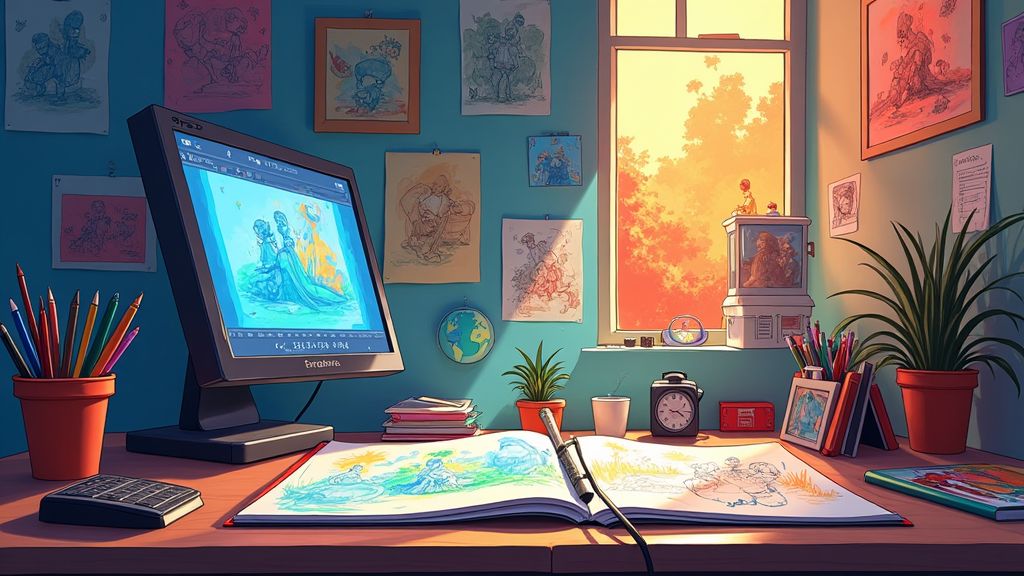The Role of Film Criticism in Shaping Industry Trends
Lights, camera, action! When it comes to the world of filmmaking, there is no shortage of opinions and critiques. But what role does film criticism play in shaping industry trends? How do the reviews of critics impact the success or failure of a movie? Let’s delve into the fascinating world of film criticism and explore its influence on the ever-evolving landscape of the film industry.
The Evolution of Film Criticism
Film criticism has been around almost as long as the art of filmmaking itself. In the early days of cinema, critics were seen as gatekeepers who could influence the opinions of the masses. However, as film production and distribution have evolved over the years, so too has the role of film critics. With the rise of social media and online platforms, everyone can be a critic. But what sets professional film critics apart is their expertise, knowledge, and ability to provide insightful analysis and commentary on the nuances of filmmaking.
The Impact of Film Criticism on Box Office Performance
One of the most obvious ways in which film criticism shapes industry trends is through its impact on box office performance. Studies have shown that positive reviews from critics can significantly boost a film’s ticket sales, while negative reviews can lead to a decline in audience turnout. For example, a study conducted by the University of California, Berkeley, found that movies with favorable reviews from top critics were more likely to perform well at the box office compared to films with less positive reviews.
The Influence of Film Critics on Filmmakers
In addition to affecting box office performance, film criticism also influences the decisions of filmmakers. Directors and producers often take into account the feedback of critics when developing their projects, making changes to improve the final product. Filmmakers may even seek out the opinions of critics during test screenings to gauge audience reactions and make adjustments accordingly. As renowned filmmaker Martin Scorsese once said, ‘The difference between film critics and the audience is that critics review a movie, while the audience reviews the reviewer.’
The Rise of Rotten Tomatoes and Metacritic
In recent years, online platforms such as Rotten Tomatoes and Metacritic have become go-to sources for film reviews and ratings. These aggregator sites compile reviews from critics and audiences alike, providing a consolidated score that can influence consumer decisions. A high percentage on Rotten Tomatoes can often be a selling point for moviegoers, while a low score may deter them from watching a film. The influence of these platforms on industry trends cannot be overstated, as they have the power to make or break a movie’s reputation.
The Role of Social Media in Modern Film Criticism
Social media has revolutionized film criticism by democratizing the voices of viewers worldwide. Platforms like Twitter, Instagram, and YouTube allow fans and amateur critics to share their opinions instantly, creating a more dynamic and diverse field of criticism. Influencers and online personalities with large followings can now sway public opinion, sometimes more than traditional critics. This shift has led to a more inclusive conversation about film, where a broader range of perspectives can shape a movie’s reception.
The Impact of Fan-Driven Reviews
Fan-driven reviews, particularly on platforms like IMDb and Letterboxd, have become an influential force in film criticism. These user-generated reviews provide a snapshot of general audience sentiment, allowing potential viewers to gauge public opinion. While some fans express thoughtful, nuanced perspectives, others may react passionately based on personal attachment to a franchise or genre. This trend demonstrates how film criticism has expanded beyond expert analysis to include passionate fan discourse.
The Debate Around “Objectivity” in Film Criticism
A longstanding debate in film criticism is the question of whether critics should be “objective.” Some argue that critics should assess films purely on technical merits and artistic intent, while others believe that personal biases and tastes are inevitable and should be embraced. This debate has led to a richer understanding of film as an art form, encouraging critics to be transparent about their perspectives. Today, diverse viewpoints add layers of depth to film criticism, making it a multifaceted conversation rather than a monolithic judgment.
The Future of Film Criticism
As technology and media consumption habits evolve, the future of film criticism is likely to become even more intertwined with digital platforms and interactive content. Innovations like virtual reality and augmented reality could offer new ways for critics to engage with and review films, potentially transforming how audiences experience and analyze cinema. With more voices joining the discourse, film criticism is set to become an increasingly collaborative and inclusive field, reflecting the evolving tastes and values of global audiences.













